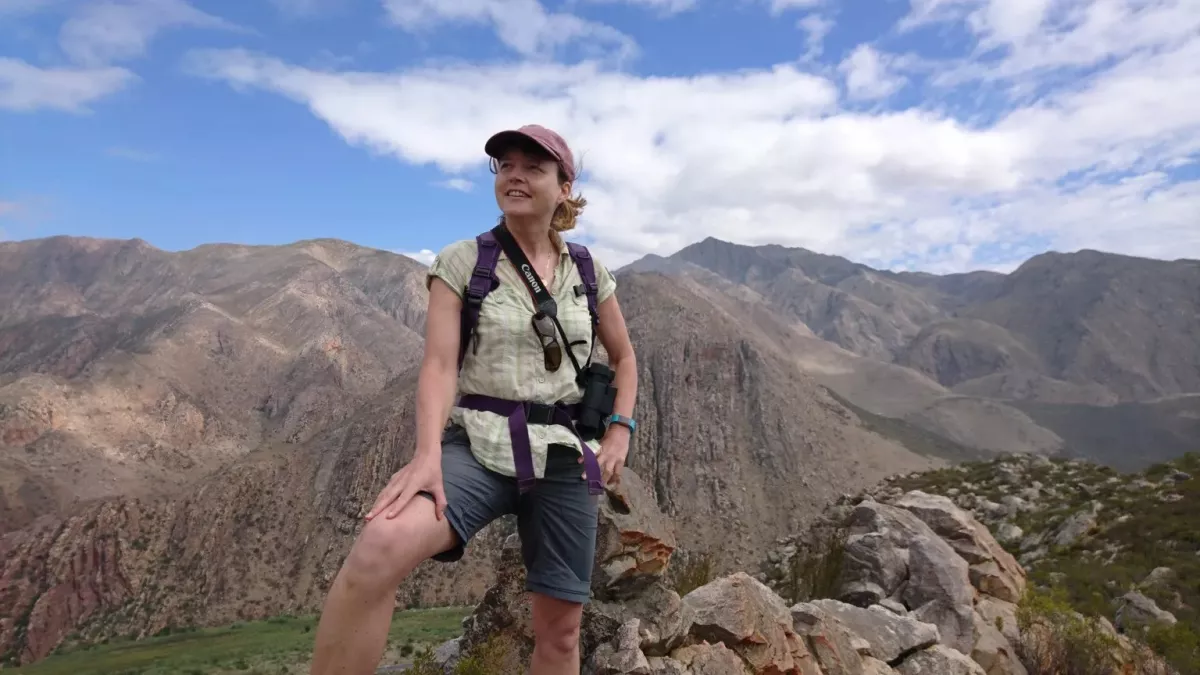Professor unveils rare 444 million-year-old fossil named "Sue" after mother
A rare fossil of an ancient arthropod, dating back 444 million years, has been unveiled by Professor Sarah Gabbott, a researcher from the University of Leicester.
The fossil, which she has named "Sue" in honor of her mother, offers unprecedented insight into the internal organs of a previously undiscovered species, Caliber.Az reports, citing foreign media.
Professor Gabbott discovered the fossil in a small quarry in South Africa at the start of her career, 25 years ago. Despite extensive searching in the years that followed, she was unable to find another similar specimen. The unique fossil, which is unlike most others in that it preserves the internal organs of the creature, has been described as an "inside-out, legless, headless wonder."
"Remarkably her insides are a mineralised time-capsule: muscles, sinews, tendons and even guts all preserved in unimaginable detail," Professor Gabbott said. However, the fossil's legs and head are missing, likely due to decay over millions of years. While Sue's exact evolutionary relationships remain unclear, it is believed to be a primitive marine arthropod.

The fossil was found in the Soom Shale, an area located 250 miles north of Cape Town, where it was preserved in toxic, oxygen-deprived waters. This unusual environment, after a major glaciation event wiped out around 85% of Earth's species, likely played a role in the exceptional preservation of Sue's internal anatomy.
After years of research and analysis, Professor Gabbott felt it was time to make the discovery public. In a lighthearted remark, she explained that her mother had encouraged her to name the fossil "Sue" before she became a fossil herself. "I tell my mum in jest that I named the fossil Sue after her because she is a well-preserved specimen," Professor Gabbott said. "But, in truth, I named her Sue because my mum always said I should follow a career that makes me happy."
Sadly, the quarry where Sue was discovered has since been nearly wiped out, meaning another example of such a rare specimen is unlikely to be found. Despite the challenges, Professor Gabbott emphasized the significance of the fossil in understanding the evolution of ancient life on Earth.
"This has been an ultramarathon of a research effort," she said. "There's so much anatomy there that needs interpreting. Layer upon layer of exquisite detail and complexity."
By Vugar Khalilov








